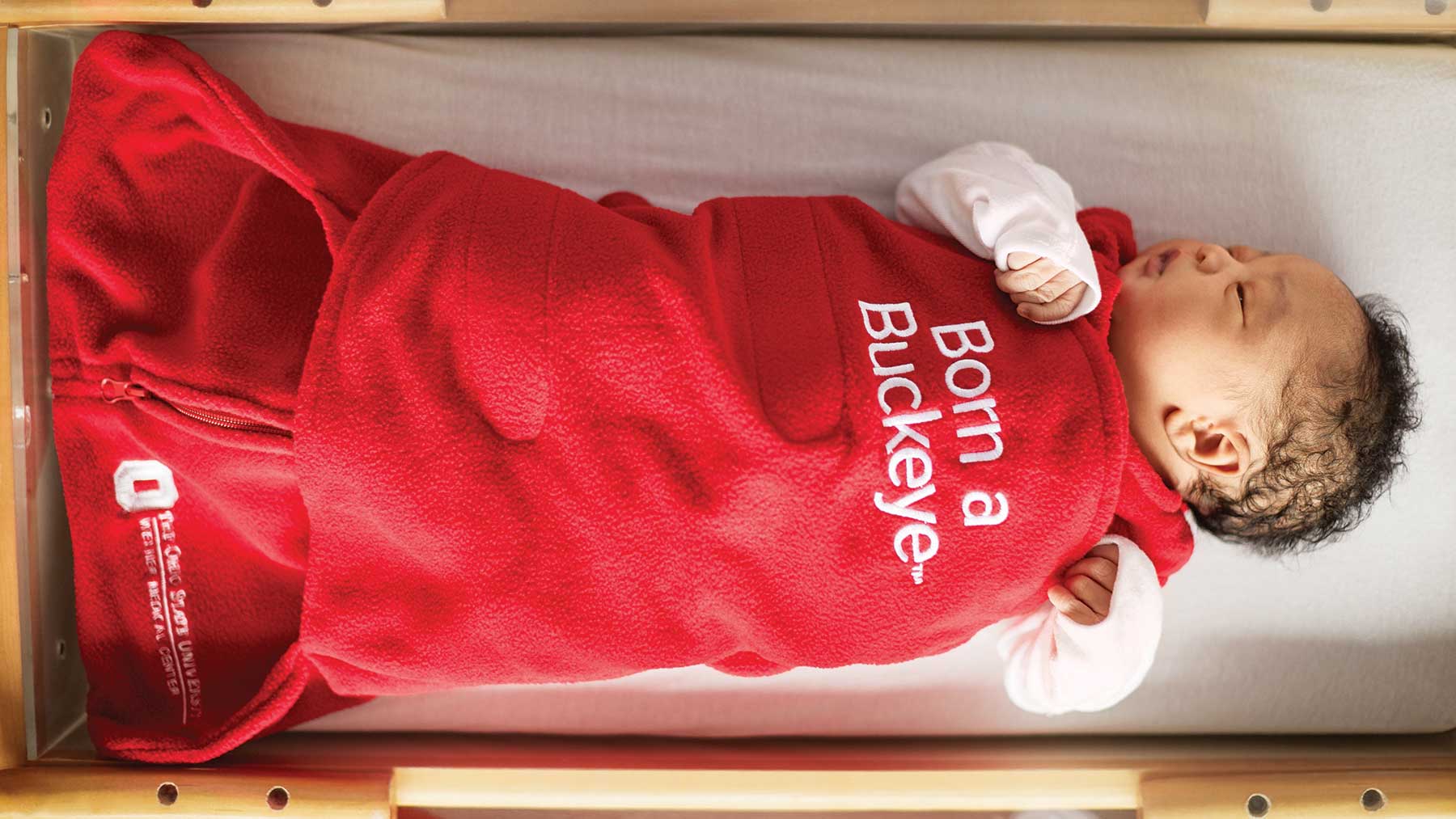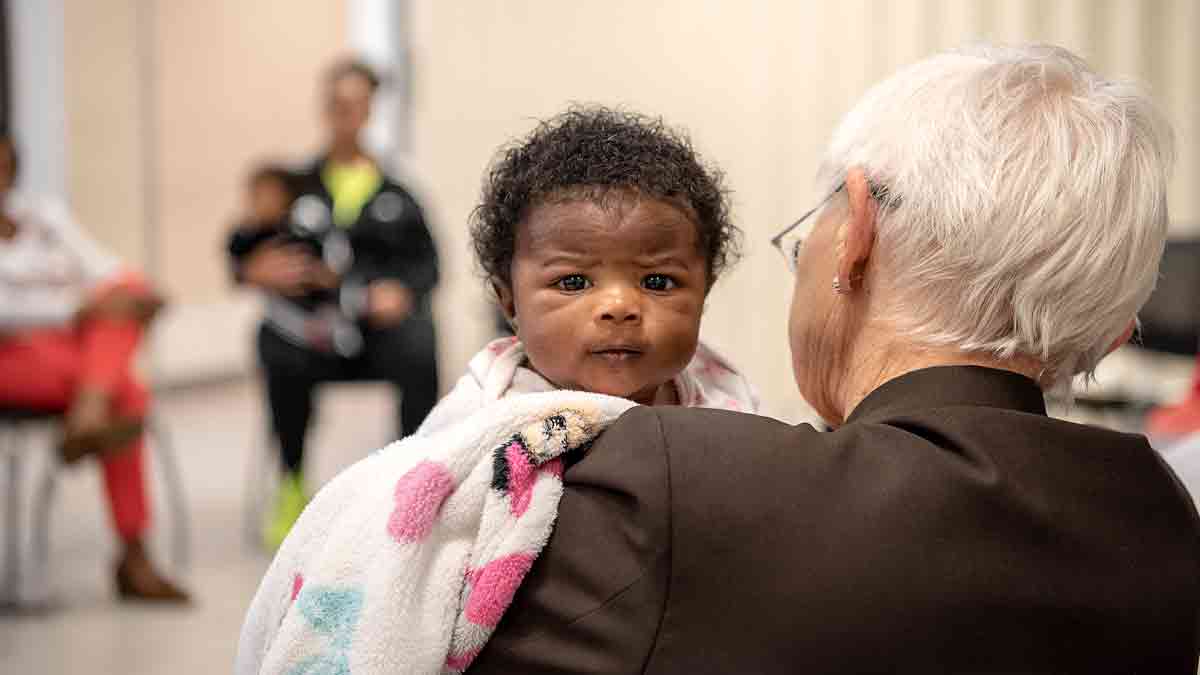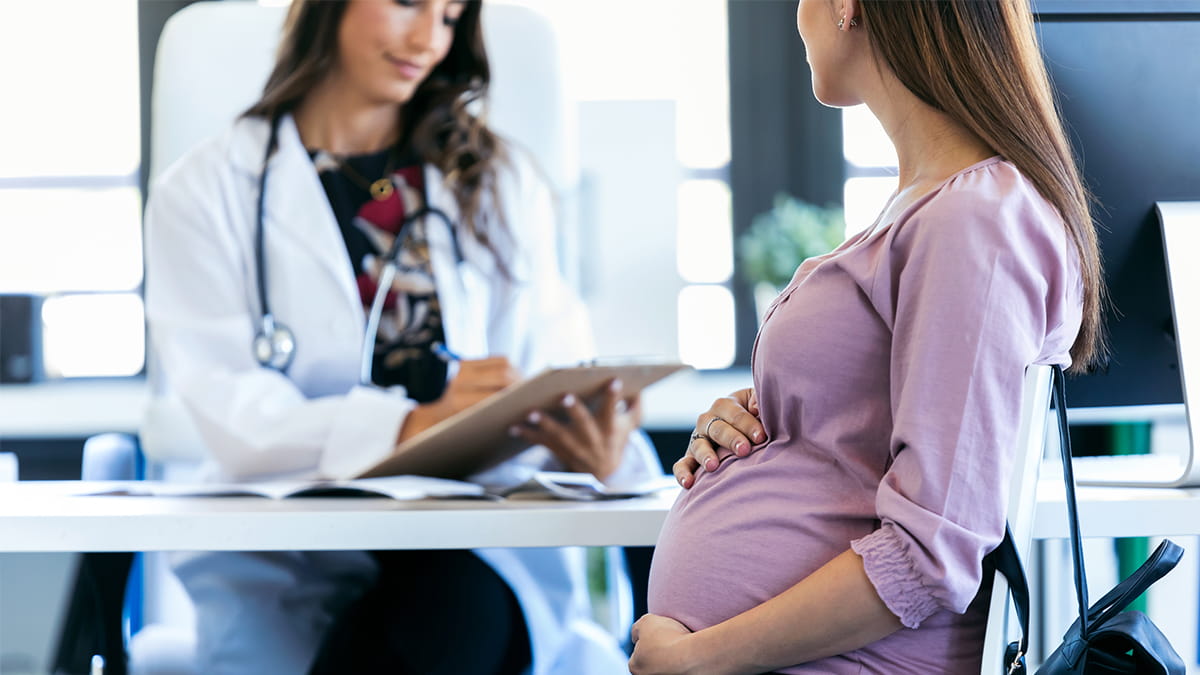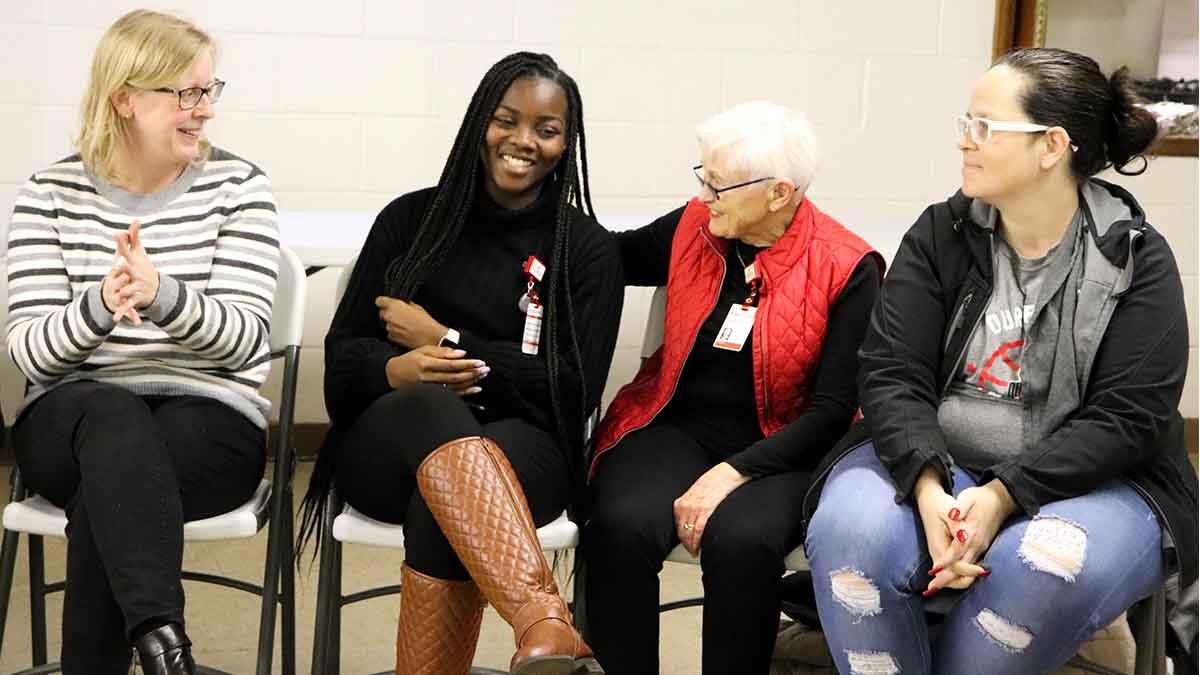Knowing the ABCs of safe sleep

Ohio has one of the highest infant death rates in the United States, with 1,024 babies dying before their first birthday last year in our state alone. Reversing this tragic trend isn’t just the job of parents, but also of grandparents and caretakers.
This is because more and more parents are turning to grandparents for help with child care, rather than to expensive daycare centers or babysitters. Nationwide, 2.7 million grandparents are raising grandchildren, a 7 percent increase since 2009.
Parents and grandparents alike should be mindful when putting infants down to sleep at night. Sleep-related deaths are one of the most common causes of infant mortality, second only to prematurity, with three babies dying every WEEK in Ohio due to unsafe sleep practices.
Courtney Tedesco, RN, MSN, nursing program manager at Ohio State Wexner Medical Center, says it’s easy for parents, grandparents and caregivers to reduce the risk of infant mortality. She shares answers to common questions people ask – or should ask – about putting babies to sleep at night as safely as possible.
What can cause infant mortality?
According to Tedesco, this is difficult to answer. However, there are several risk factors that anyone taking care of an infant should know.
“The leading cause of infant mortality is prematurity and there are a lot of social determinants that affect this,” she says. “Improving access to prenatal care, utilizing community health care workers and leveraging technology to educate communities and individuals are some strategies that may help.”
Another critical factor that impacts infant mortality is how a baby is put down to sleep. Unsafe sleep practices include:
- Placing the baby on his or her stomach or side to sleep
- Bed sharing
- Exposing the baby to smoke, illicit drugs or alcohol
- Placing loose objects in the baby’s crib such as stuffed animals or a blanket
- Overheating the baby by dressing in too many layers, using heavy blankets or keeping the thermostat set too high
What is the safest way to put my baby to sleep?
Tedesco explains parents should follow the “ABCs” of safe sleep. Infants should sleep:
Alone
on their Back
in a Crib or bassinet
Babies sleeping alone in a crib or bassinet are less likely to suffocate or be injured from falling off the bed or having someone roll on top of them.
As far as sleep position, Tedesco adds that being on their back is best because it decreases the chance of sudden infant death syndrome (SIDS), although the exact reasoning behind this is not yet known.
“It could be related to the fact that when a baby sleeps on their tummy, they are rebreathing the air that gets trapped between their nose and bedding, which creates less oxygen and more carbon dioxide,” she says.
What should and shouldn’t go in a crib?
For the first year of life, any object is considered unsafe to put inside the crib. This includes pillows, loose blankets, bumper pads, stuffed animals or soft toys.
According to Tedesco, objects in the crib are dangerous because they may block a baby’s airway (even when the baby is placed on their back) if they end up nestling their face into the object.
“A firm mattress with a tight fitted sheet is best,” Tedesco explains. “Otherwise, the crib should remain empty.”
[Read more: Five baby shower gifts to avoid]
As a grandparent, what can I do to keep my grandchild safe at night?
“Most likely, when their children were babies, they were putting them to sleep on their stomach or side which might make this back-sleeping concept difficult to grasp,” Tedesco says.
Guidelines grandparents should follow include the ABCs of safe sleep listed above and also:
- Avoid overheating by using a temperature-controlled sleep sack instead of a blanket, and keep the thermostat set around 68-70 degrees Fahrenheit
- Eliminate exposure to smoke or secondhand smoke, as well as to illicit drugs and alcohol
- Use a pacifier at nap and bedtime
Ohio State offers educational classes for grandparents with the latest recommendations for safe sleep, car seat safety and a refresher on basic baby care.
Tedesco encourages new parents and grandparents alike to attend these courses and further help their babies get a good, and safe, night’s sleep.
What should new parents and other caretakers do to keep baby safe?
Tedesco says that parents, too, should educate themselves on ways to reduce their baby’s risk for SIDS.
Tedesco adds that taking perinatal education classes, similar to the class for grandparents, is a great first step in learning about the American Academy of Pediatrics safe sleep recommendations.
Moms2B provide free weekly education and support sessions on topics such as breastfeeding, child development, family planning, goal setting, labor and delivery, maternal-infant health, positive parenting, reproductive health, safe sleep and more. The program is particularly geared toward pregnant women who are in high risk environments or lifestyles.
Since its inception in 2010, it has been linked to a five-fold reduction in infant mortality rates in central Ohio.




